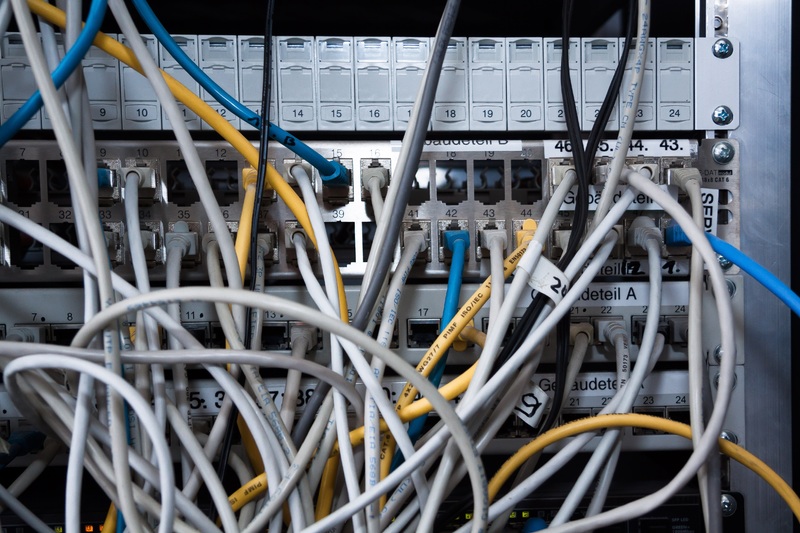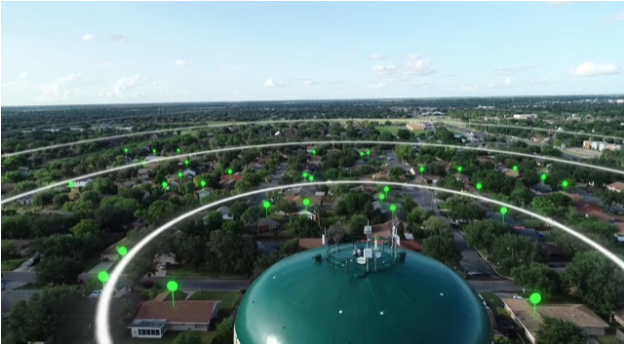Back in June, the Wireless Internet Service Providers Association (WISPA) sent a letter to the acting FCC Chairwoman Jessica Rosenworcel, in hopes of being able to address the digital divide of internet connectivity.
The FCC has stated its focus in closing the digital divide in America has been concentrated on fiber deployments, which offers the highest broadband speeds as well as symmetrical speeds for both the upstream and downstream.
“These small and medium-sized businesses have been building innovative networks for more than 20 years and currently connect seven million Americans,” stated WISPA. It is WISPA’s belief that we don’t need symmetrical broadband speeds to connect all Americans, but instead looking to its ‘Path to Gigabit’ plan, hoping the FCC will seriously consider this in its decision to bring broadband to rural areas.
“Network operators value the performance and reliability in deployments from major city centers to remote villages in Nepal,” said Atul Bhatnagar, president and CEO of Cambium Networks. WISPA network operator members have voted Cambium Networks the “Manufacturer of the Year” for four years in a row.
Last month, Cambium Networks announced that it had shipped its 10 millionth radio since its inception back in October 2011, emphasizing the industry’s high demand for its latest 60 GHz millimeter wave solution.
Cambium Networks is an industry-leading network that delivers fixed wireless and Wi-Fi communications solutions that work for businesses, communities, and cities worldwide. Millions of the company’s radios are deployed around the world, providing purpose-built networks for service providers, enterprise, industrial, and government connectivity solutions in urban, suburban, and rural environments. The unified wireless fabric which spans multiple standards and frequencies is managed centrally via the cloud.
In the past decade, the fixed wireless industry has expanded its support for many new frequencies and protocols, which is predicted to grow more than twice as fast as optical access. The growing popularity of fiber technology has helped provide the throughput needed to have high capacity connectivity to download streaming videos and large files, while easily supporting email exchanges.
“Fiber also allows for high upload speeds so that users can quickly upload videos and participate in streaming video conferences while conducting normal file transfer and email activities,” Bhatnagar added.
But while fiber-optic technology provides this high throughput, it can’t be everywhere. “Often, it is not in the right place for an outdoor Wi-Fi hotspot, covering an educational or business campus, or connecting other devices such as video surveillance cameras for public safety. Given the high cost of and time to trench or hang fiber, wireless is a viable option to extend the fiber core network.”
Bhatnagar also says that with today’s wireless technology infrastructure, wireless can now provide multi-gigabit throughput speeds in both the downlink and uplink directions, enabling users to reliably stream videos and conduct conference calls in addition to transferring files and doing email.

Why Fixed Networks Are Vital Towards Digital Inclusion
Fixed wireless networks deliver affordable connectivity solutions to bridge the digital device. However, the COVID-19 pandemic dramatically changed the way schools functioned in 2020 as they rapidly adjusted to remote learning.
“This exposed the ‘Homework Gap’ of students with no or poor home Internet access, which included over 20% of U.S. households,” Bhatnagar explained. “Connectivity provides opportunities for people to work efficiently from home and also to support education. National governments have responded to the pandemic with different programs to help fund recovery from COVID-19’s impact.”
Ultimately, this resulted in Congress establishing the $7.2 billion Emergency Connectivity Fund, or ECF, as part of the American Rescue Plan of 2021 to reimburse expenses for equipment and services used for internet access outside of the school. In the state of Arkansas, Aristotle Unified Communications is deploying licensed microwave backhaul and fixed wireless access systems to deliver up to 100 Mbps wireless broadband internet access to several underserved regions at a fraction of the time of laying fiber.
Throughout the U.S., Cambium Networks has worked with tribal entities as well as with channel partners to provide affordable high-speed connectivity to 11 remote tribal nations in California, Washington, New Mexico, Arizona, and Oregon. “Like many indigenous communities, these tribal nations are among the least connected groups in the U.S.,” Bhatnagar says. “The tribal nations have funded these initiatives in part through the U.S. Federal Coronavirus Aid, Relief, and Economic Security Act (CARES Act), which collectively, has improved the lives of more than 100,000 people.”
Additionally, fixed wireless broadband and Wi-Fi are highly efficient at providing affordable high-speed internet access for end-users. “Solutions can be deployed in days or weeks, instead of the months or years associated with the labor required for fiber build-outs,” Bhatnagar said.
“Fixed wireless broadband and Wi-Fi solutions generally operate in the unlicensed frequency bands and provide industry standard Wi-Fi access to end-users. Residential users can connect immediately with their existing smartphones and devices with which they are already familiar without requiring them to purchase additional equipment.”
Millennials and Gen-Z
With today’s millennial and Gen-Z demographics, internet access is often viewed as a utility as vital as electricity or water, and why?
Access is their first action when gathering information for work or school, and shopping for almost any purchase decision. “Bridging that digital divide has demonstrated benefits in economics, healthcare, education, and quality of life,” Bhatnagar emphasized.
“Fixed wireless access is now a mainstream broadband technology, and it is vital to economic growth and addressing digital equality,” said Chris DePuy, Technology Analyst at 650 Group. “In the past decade, the fixed wireless industry has expanded its support of many new frequencies and protocols that enable expanded capacities and distances. The result of these innovations is that in the next five years, we forecast that fixed wireless unit shipments will grow more than twice as fast as the next-fastest broadband system: optical access.”
Currently, Cambium Networks’ commitment is demonstrated by its 10 millionth device, which is crucial to its mission in providing digital inclusion to the service provider, enterprise, industrial, and government connectivity sectors.











